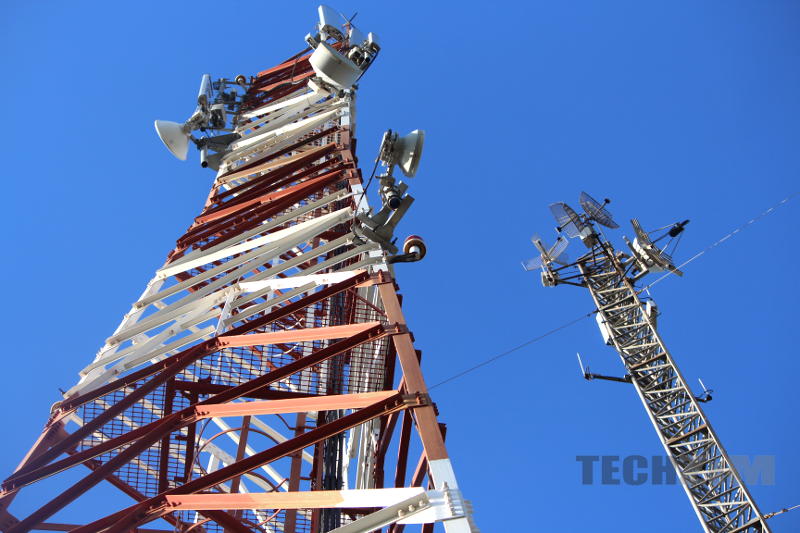Zimbabwe’s mobile network infrastructure saw 52 new base stations according to the Postal and Telecommunications Regulatory Authority of Zimbabwe’s (POTRAZ) Q2 2021 sector performance report. All of the players (NetOne, Econet and Telecel) all contributed with Econet putting up the most.
2G base stations Q2, 2021
| Q1 2021 | Q2 2021 | Net Addition | Market Share | |
| Econet | 2,640 | 2,654 | 14 | 53.2% |
| Telecel | 664 | 671 | 7 | 13.4% |
| NetOne | 1,667 | 1,667 | – | 33.4% |
| Total | 4,971 | 4,992 | 21 |
Econet led the lot with its 2G installations in Q2 2021, this is surprising because we thought that the impetus would be to transition to 3G and 4G. There have been a number of budget smartphones and 3G capable feature phones that have entered the market so it surely should have meant that the countries mobile network operators would have changed focus.
However, and on the other hand, it might be cheaper for the MNOs to invest in 2G base stations more than the rest (this gets confusing a little later when we get to LTE). The economy has been deteriorating and MNOs have to source the equipment abroad which means that they make significant foreign exchange losses. So… for the moment 2G will compete on equal footing with the next entry 3G
3G base stations Q2, 2021
| Q1 2021 | Q2 2021 | Net Addition | Market Share | |
| Econet | 1,653 | 1,667 | 14 | 56.4% |
| Telecel | 437 | 437 | – | 14.8% |
| NetOne | 845 | 853 | 8 | 28.8% |
| Total | 2,935 | 2,957 | 22 |
Econet again accounted for the most in 3G base station installations in Q2, 2021. The country’s largest MNO increased its already impressive number by 14. And its entire network, in this respect, is more than what NetOne and Telecel have combined.
LTE base stations Q2, 2021
| Q1 2021 | Q2 2021 | Net Addition | Market Share | |
| Econet | 726 | 726 | – | 66.1% |
| Telecel | 17 | 17 | – | 1.5% |
| NetOne | 347 | 356 | 9 | 32.4% |
| Total | 1,090 | 1,099 | 9 |
NetOne was surprisingly the only MNO to add new LTE base stations in Q2 2021. It is a little unusual that they would invest in LTE over the other frequencies. On one hand, this might be NetOne’s way of closing the gap to Econet. But on the other hand, why push for LTE when they are so far behind on the other frequencies.
The equipment would be cheaper for 2G and 3G. And it stands to reason they could add more of them thereby increasing coverage or reduce base station congestion at existing sites. Stranger still is NetOne’s plans for 5G that were announced last month.
It doesn’t make sense to be investing in 5G over LTE and 3G (even 2G). The other frequencies are now mature and the infrastructure will be priced a lot more competitively. 5G is still in its relative infancy and the only places that make sense to put 5G base stations are metropolitan areas.
This means that the areas that desperately need coverage will be passed over for what is a vanity project. Why I say this is because market leader Econet for the moment looks to be consolidating the other frequencies and hasn’t yet announced plans for 5G. So… all this is really odd, the hope is that there is a method to the madness.
You can download the full report with the link below:

What’s your take?